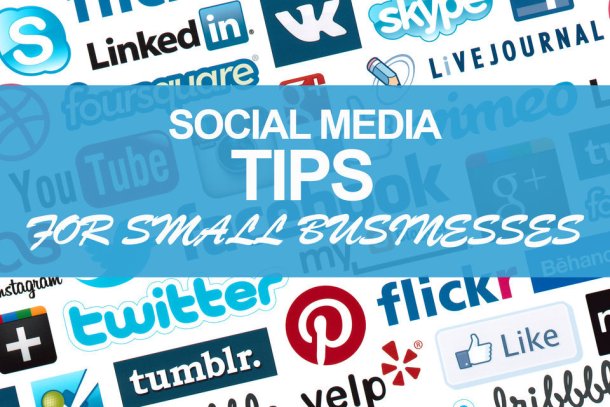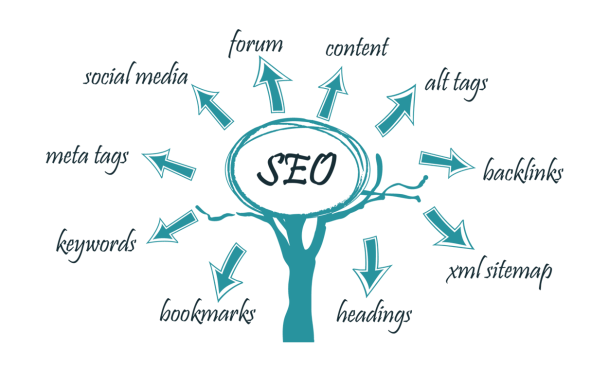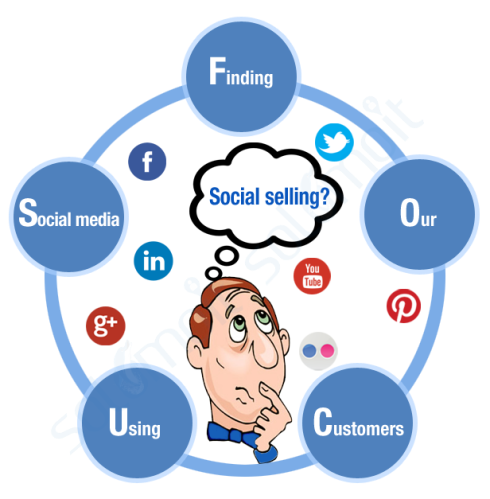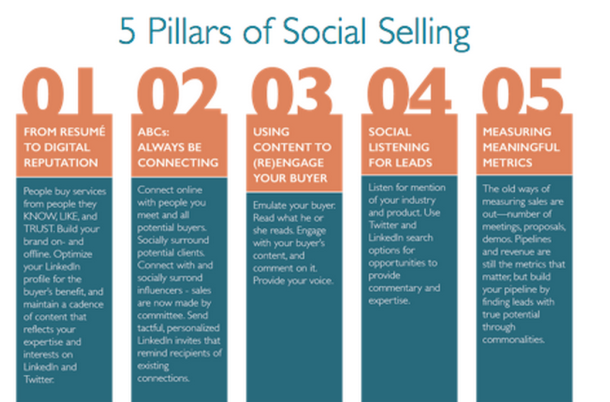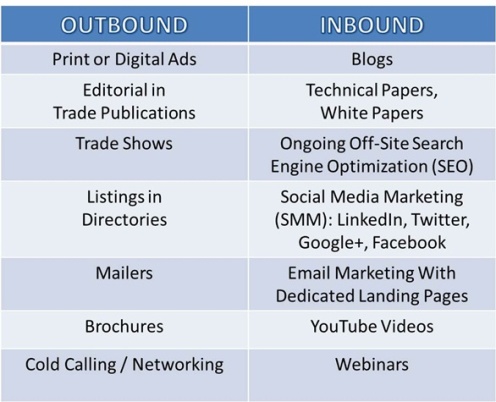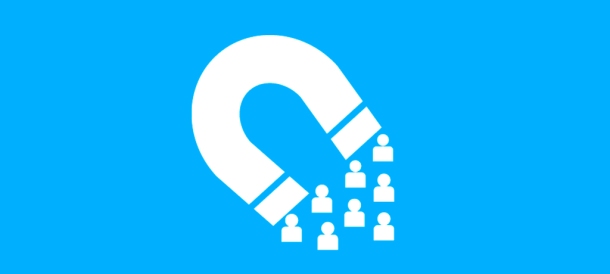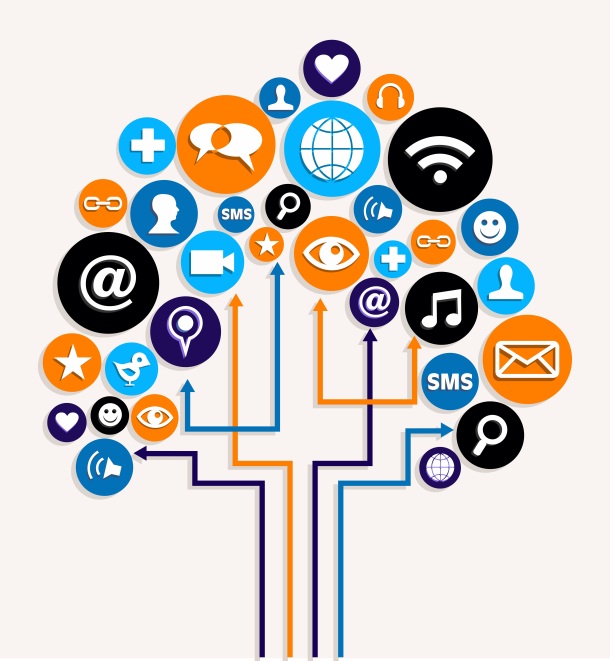Small business can struggle to strategically use social media marketing to get their message out. In fact at times social media can feel a bit overwhelming. The top 10 social network sites, Twitter, Facebook, LinkedIn, Pinterest, Google+, Tumblr, Instagram, VK, Flickr, Vine and a host of other niche networks generate huge audience participation for a business to market themselves to. But where does one start, which social network suits best and what are the best methods to market a small business using social media?
Here is a list of tips to help any small business to better use social media to get their message in front of their target audience.
Create a social media marketing plan. Plan out what you want to achieve, how you are going to achieve it and what resources you need prior to kick starting any social campaign. Too many businesses just dive in and start plastering links on LinkedIn, posting images on a Facebook page or tweeting messages without first considering how social media activity can help drive their business. The reality is that to do social media in a meaningful matter requires committing resources (content creation, social selling, and social conversations) and people (content seeding, managing social profiles, community engagement) to the task. Effective social presence means constantly updating, sharing and posting to keep everything fresh to attract potential customers. Old, outdated and “infrequent” activity will just not cut it. The plan should map out a schedule that works best for the business based on resources or budgets. Social media should be viewed as a strategy investment with goals and then needs to be prioritised with clear ROI on the planned activity.
Create a buyer persona to define your target audience. Not all social media platforms work for every business, B2B is different from B2C, are you looking to sell online generate traffic or do lead generation? If you’re trying to reach B2B buyers then LinkedIn maybe your best bet or if teenagers are your target audience then Instagram could be the way to go. If the marketing or creative community is on your radar then Google+ communities is worth targeting. Also consider when this audience is most active and then plan out the posting schedule accordingly to maximise your results.
If your potential customers are teenagers then schedule social shares during the evening when they check their profiles. A good tip is start with one network and get skilled at doing it well. Then add in other networks over time.
The 3 C’s of a social media plan. Content, content and content. Content (your own and 3rd party shares) is what powers social media. Always have a fresh supply of content and make it current to the topics, season, conversations or news. A few blog posts of 1000 words plus is a good starting point. A thousand words might seem long but as a small business you need to become a subject matter expert for your industry. Share stories, insights, tips, lessons and learning’s in a friendly tone.
Use content/images/videos/guides/insights from complimentary 3rd party sources to build up your content library. In fact readers value quality content regardless of the source and recognise the person posting it as a valued contributor to the community.
Social media is multimedia. While article content is the main tool for social promotion, video is fast becoming the engagement channel among certain demographics. Video is getting easy to shoot and share. Customer interview videos with detailed discussion can be powerful. Also use imagery, pictures and infographics that showcase your company’s products.
Social media platforms are for engagement. As with social selling, all your activity should strive to drive engagement not pushing out blatant sales promotions . Follow the steps – Awareness, Consideration, Nurture and Develop. Selling comes later once you have developed a relationship. Social media is the channel for potential customers and buyers to become aware of you, to get to know you, to understand what value your can bring and to learn what your company stands for so be authentic and share content that brings value to the reader.
Become a thought influencer and source of quality information, this will attract customers to notice you and in time they become receptive to buying from you. So share quality content that reflects your own personal brand and watch as people joins you in your journey.
Stay engaged on conversations and comments. Don’t just share and disappear, stay on top of discussions and your postings. If a customer leaves a comment about something you posted (positive or negative) then don’t over react, just reply back. Buyers need to know you are listening, responsive and can engage with discussions. Listening and replying to social media conversations requires time so ensure you have planned for this activity.
The social media road should lead to your website. As you generate more awareness and consideration amongst buyers then over time they will end up visiting your website to learn more about you. So ensure you have your website in ship shape order including newsletter sign-ups, landing pages and contact us points before starting social media activities
Your activity and content should reflect your brand. It is important to plan out so that all your social media channels, blogs, content and website reflect your brand. People want to engage with real and genuine businesses. Your content should mirror your own voice and match the topics or relevancy of your content to your business. For example, if a business is selling a HR solution, then the content needs to be factual in nature with a business tone.
If a business is selling a lifestyle product, then energetic or inspirational tones might work better. Where possible use real customer stories and always uses real testimonials on web pages.
Share to receive. Social media is not about you, it is about your customers or prospects. Study and research the language your target audience uses to talk about your industry. What topics interest them and what social conversations they engage with? Then engage them with content and insights that match these terms. The use of hashtags is a great way to join in on conversations on social media. Also optimise your content, blog and website with the keyword terms that will help you get found in web search results.
Another tip is as people do allot of question type searches (“how do polish my car?”), so a business selling car care related products will need to use this type of language in the content they publish on their blog.
Mobile is a must. Now most Facebook posts and tweets on Twitter are being done on mobile devices. Social platforms will gradually deliver a mobile first experience so your site and blog should be mobile optimised to provide a great browsing and shopping experience.
There you have it, a few social media marketing tips that might help you get the word out about your business and get the attention of the buyers you want to sell to.
